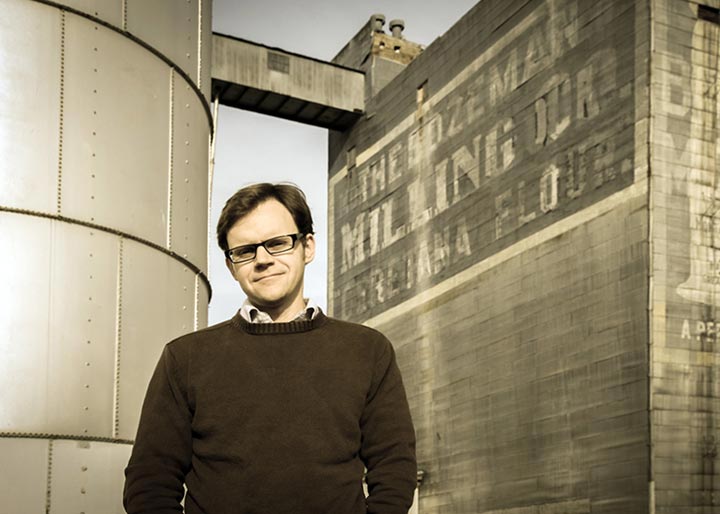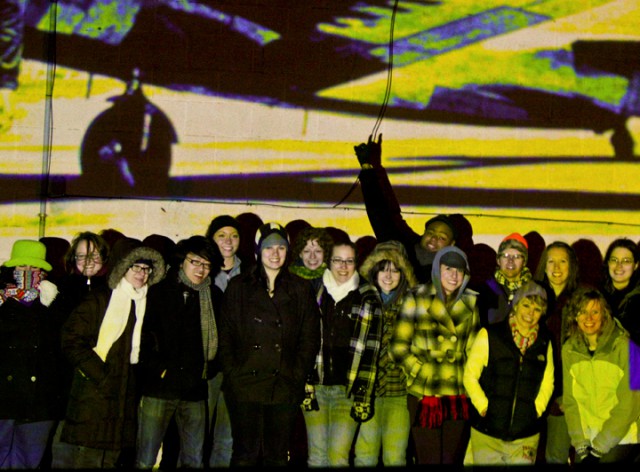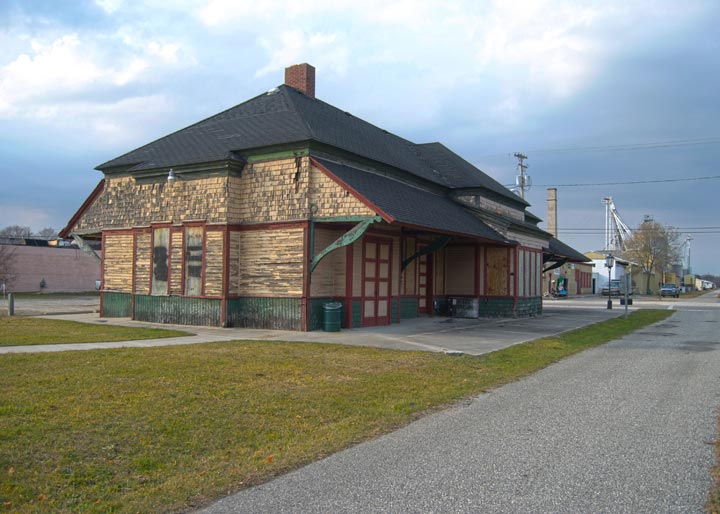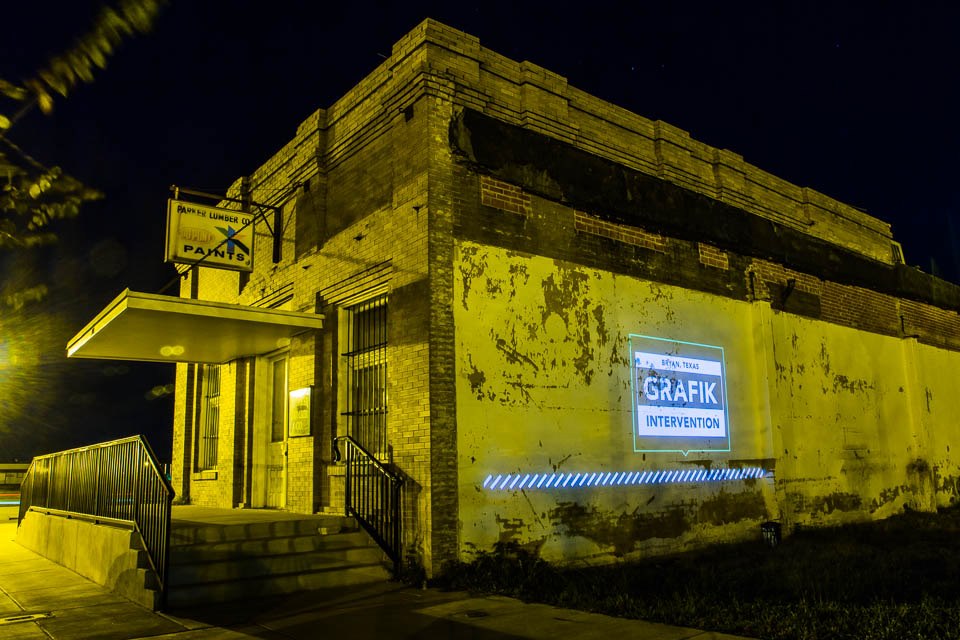Sparking Urban Revitalization

INTRODUCTION
Originally conceived as an MFA graphic design thesis project at the Academy of Art University, William Culpepper’s Grafik Intervention uses digital projections to engage the public through visually dynamic and compelling communication methods.
Projections are designed to provide historical information in an urban context.
The goal of the projections is to inspire community members to consider the potential of currently unused buildings in their community.
Through engagement and awareness, only positive results can occur when active community members take action and pride in their own neighborhood.

BACKGROUND
Thus far, over a dozen buildings have used the Grafik Intervention process to engage a community and create dialogue through graphic design.
Previous interventions were performed by graphic designers and design students from across the country, as interest has increased, several more designers and
students have expressed interest in implementing their own Grafik Interventions around the country, with several planned in near future.

PROCESS
Buildings are identified and selected based on their abandoned urban spaces and potential for revitalization.
Within each identified city, several case study buildings were carefully selected based on their notable history and location, in contrast to their current state of abandonment.

PROJECTIONS
Each of the identified case study buildings are then thoroughly researched and documented.
The content of the researched information about a building’s historical usefulness was then
projected onto the building façade creating a juxtaposition, thus illuminating each building’s current potential.

RESULTS
Digital and printed questionnaire cards elicit information from the general public as they pass by the selected case study buildings and become engaged by the dynamic projected visuals and the real-time discussions.
The goal of the questionnaire cards is to engage the general public with a series of thoughtful questions that help evaluate the success, visual interest and communication methods achieved with the projections.